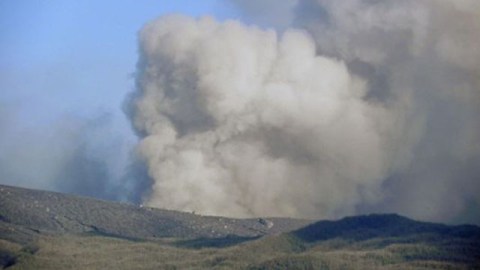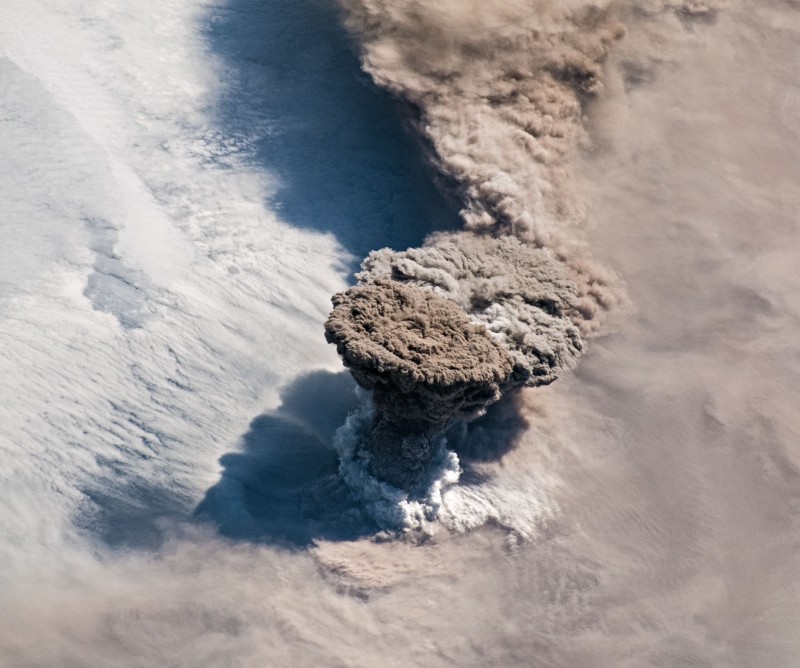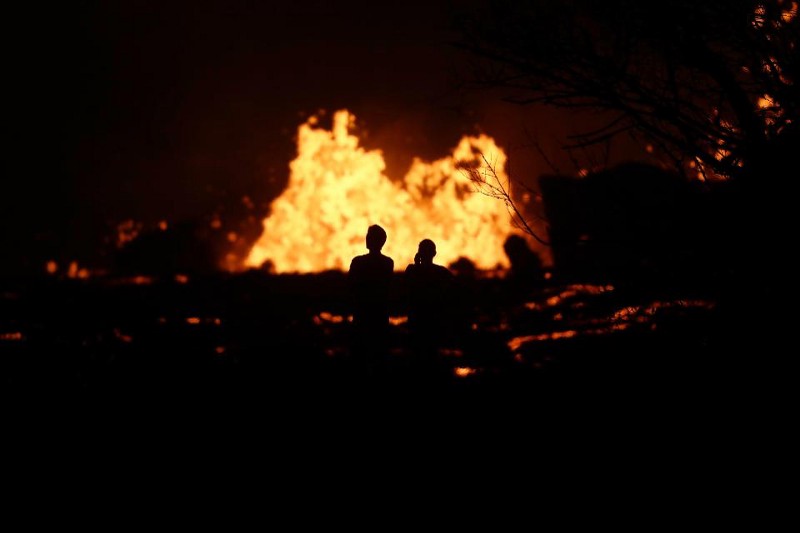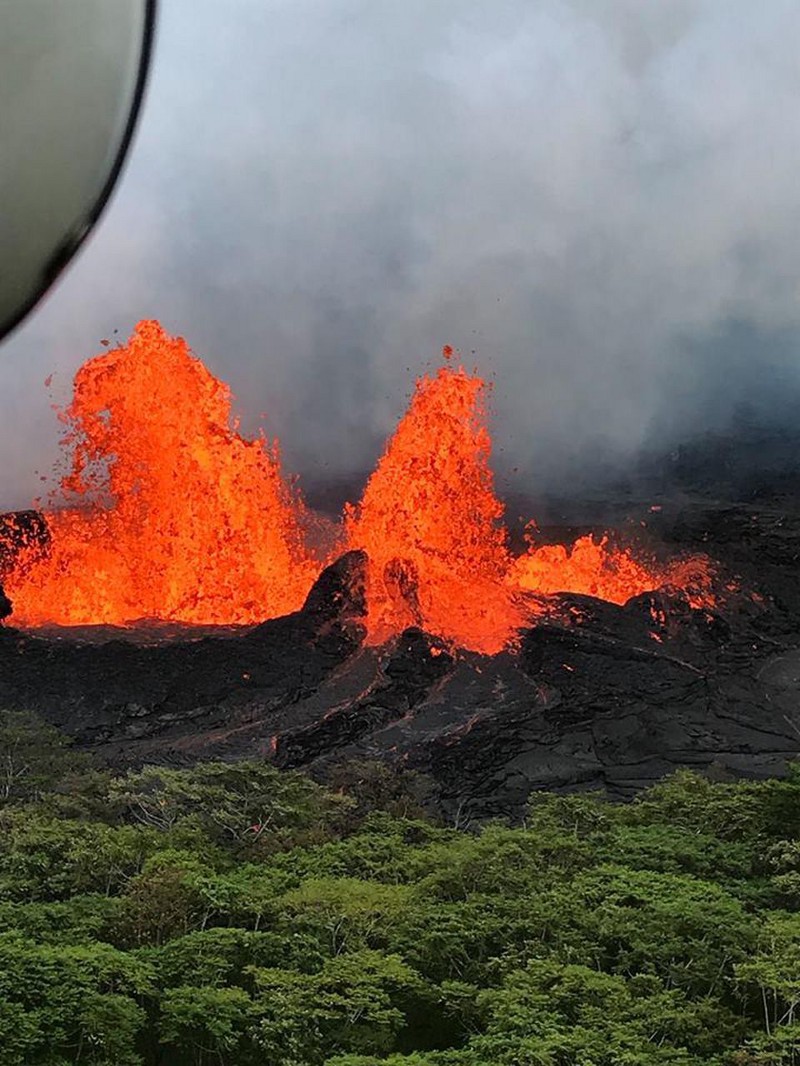Tuesday Tidbits: Indonesian action, Puyehue-Cordón Caulle still erupting, volcanoes and rain and more

I am feverish packing/prepping for the start of field season (well, field work at Mineral King, field trip to Lassen Peak with lab work sprinkled in for good measure). So, I’m not long for words right now … so onto quick updates (and post #1,001):
Lokon-Empung: The evacuations continue to expand at Indonesia’s Lokon-Empung, now encompassing over 1,000 people. The volcano continues to be restless, with some ash and steam plumes that rise into the hundred of meters, which is relatively small (see top left), but locals are being warned to take this activity seriously. In other parts of Indonesia, Soputan was captured erupting by the NASA Earth Observatory late last week as well.
Puyehue-Cordón Caulle: It is hard to believe, but the eruption on the Chilean-Argentine border continues (spanish) – and flights in South America are still being disrupted. The NASA Earth Observatory recently posted an image of the current activity as well, showing the ash plume spreading across South America.
Volcanoes and climate: I haven’t had a chance to really digest these popular press articles about a new study in PNAS, but the implication is that volcanic eruptions might cause increased rainfall. This is caused by sulfuric acid acting as “seeds” in clouds for raindrops to nucleate. We already have some evidence that volcanoes can interact with weather systems – accretionary lapilli are ash coated/cored raindrops – but the exact relationship between volcanoes and weather is still mostly unknown.
Atlantic Ocean: Finally, the mapping of the ocean floor continues to uncover new volcanoes. It doesn’t mean these volcanoes are actively erupting (or even unexpected), but now we know where they are – and these are near the South Sandwich Islands. Some of these new volcanoes may have erupted in the past few years based on evidence collected by the team of geologists from the British Antarctic Survey.
Top left: The small eruptive plume from Lokon-Empung in Indonesia, seen on July 12, 2011.





